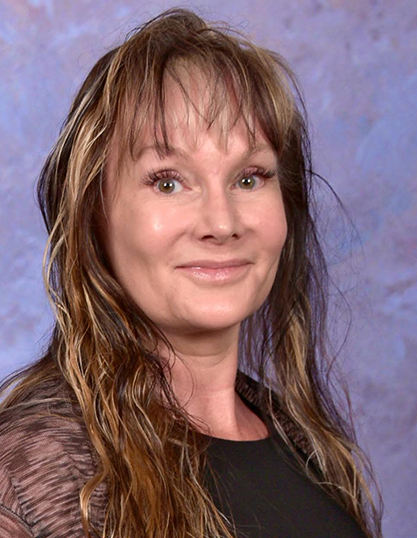How to Apply for a Reverse Mortgage
Getting together your paperwork, setting up a pre-approval meeting, and house hunting was likely all on your to-do list when you applied for your first mortgage. Years later, you are comfortable in your home and certainly assumed you wouldn’t need to think about this loan anymore. At least, such was the case until you learned about a Canadian Home Income Plan (reverse) mortgage. This type of lending option is ideal for older persons on a fixed income with considerable equity in their property. The details on how to apply for a reverse mortgage are relatively straightforward, so let’s explore them together.
Asking the Right Questions
Before borrowing any kind of money, you should start by asking questions that will help you make an informed decision on how to proceed. Since this type of loan differs significantly from other mortgages and focuses on the equity of your house, you may be wondering if in the event you can’t make payments, you’ll be forced to sell. This is not the case!
In fact, there are no payments on a reverse mortgage until you choose to sell or move out of your home. In addition, if you are approved, any amount received will not affect your pension or government benefits, and the money will be tax-free. Research in advance and consider what details are important to you, and perhaps set up a meeting with a knowledgeable mortgage broker.
Meeting the Criteria
In order to be eligible for a reverse mortgage, it is essential that you meet the requirements. Not to worry, however, as there are only two. These are that you must be 55 years of age or older, and the property you are applying for must be your primary residence. The lender will not review other specifics, such as your credit score or income, as they would in a normal mortgage application.
Understanding the Process
During the approval process, the bank will take into consideration your age and the value of your home, including its location and condition. These kinds of loans do not exceed 55% of the home’s value, and no matter the amount you are approved for, you have options of when and how you receive these funds. You must pay off any outstanding loans, including lines of credit, secured by your home, before receiving a reverse mortgage. However, you can use the money you receive for this. In addition, closing costs are not paid out of pocket but rather automatically deducted from the approved amount.
Working with an Experienced Broker
Navigating a reverse mortgage involving meetings and approvals can be a trying process on your own. When you work with a broker who understands these types of loans, rest assured that they have you covered. These professionals don’t let anything fall through the cracks when it comes to paperwork and other necessary documents being filed correctly. A conversation with an experienced mortgage broker can also help determine if this is the best course of action for you, or if you might be better suited to another lending option available for someone in your age range with your lifestyle.
At Senior’s Lending Centre, Rebecca Awram has been a licensed mortgage broker for nearly 15 years. Working independently, she and her team across Canada have no bias or quotas when it comes to their clients, offering them a high level of service to meet their unique needs. To learn more about how to apply for a reverse mortgage, reach out to us today.





